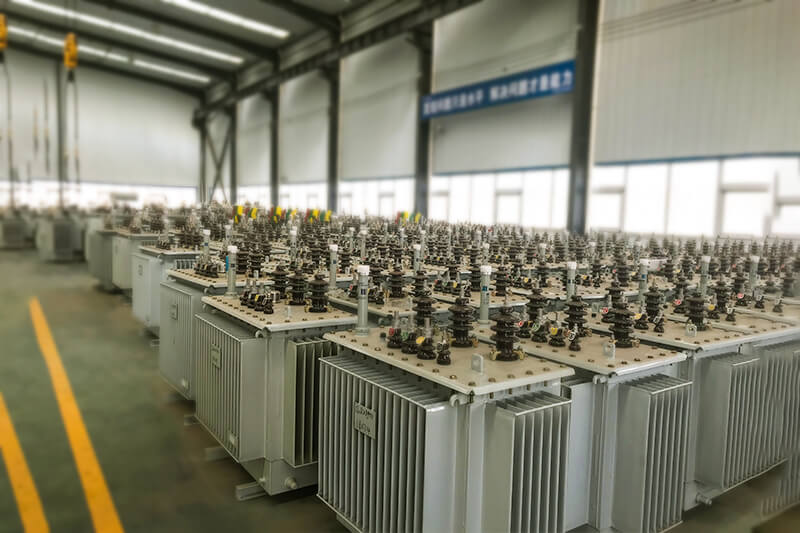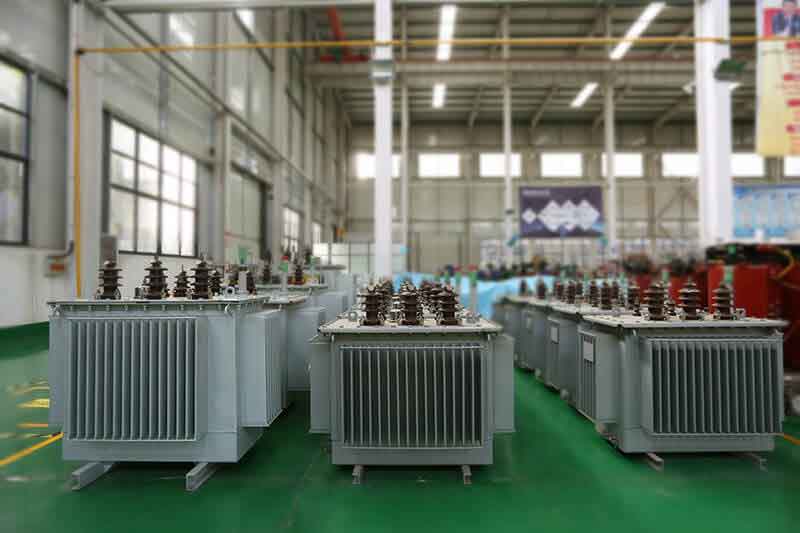Treatment of insulation faults in power transformers
Most transformer damage and faults are caused by damage to the insulation system. According to statistics, incidents caused by various types of insulation faults account for more than 85% of all transformer incidents. For transformers that operate normally and pay attention to repairs, their insulation information has a long service life. Therefore, protecting the normal operation of the transformer and strengthening the reasonable protection of the insulation system can largely ensure that the transformer has a relatively long service life, and preventive and predictive protection are to improve the service life of the transformer and improve the reliability of the power supply. The key.
In oil-immersed transformers, the primary insulation materials are insulating oil and solid insulation materials such as insulating paper, paperboard, and wooden blocks. The so-called aging of transformer insulation is that these materials are affected by environmental factors to differentiate and reduce or lose insulation strength.

Problems with solid paper insulation
Solid paper insulation is one of the main ones of oil-immersed transformer insulation, including: insulation paper, insulation boards, insulation pads, insulation rolls, insulation banding, etc. The main component is cellulose, and the chemical expression is (C6H10O6) n. Where n is the degree of polymerization. Generally, the degree of polymerization of new paper is 1300, and when it is reduced to 250, the mechanical strength has been reduced by more than half. The degree of polymerization that is extremely aging and stops life is 150-200. After the aging of the insulation paper, its polymerization degree and tensile strength will gradually decrease, and water, CO, and CO2 will be formed, followed by furfural (furanaldehyde). Most of these aging products are harmful to electrical equipment, which will reduce the breakdown voltage and volume resistivity of insulating paper, increase the dielectric loss, reduce the tensile strength, and even corrode the metal materials in the equipment. Solid insulation has irreversible aging characteristics, and its aging and degradation of mechanical and electrical strength cannot be recovered. The life of the transformer depends primarily on the life of the insulation material. Therefore, the solid insulation material of the oil-immersed transformer should have both outstanding electrical insulation and mechanical characteristics, and its function declines slowly after long-term operation, that is, good aging characteristics.

1. The function of paper fiber information.
The material of the insulating paper fiber is the most important material of the insulating component in the oil-immersed transformer. The paper fiber is the fundamental solid arrangement component of the plant. Unlike metal conductors, there are almost no free electrons in the insulation material, and the extremely small electrical conduction current in the insulator mainly comes from ion conductivity. Cellulose is composed of carbon, hydrogen, and oxygen. Therefore, because of the presence of hydroxide radicals in the molecular structure of cellulose, there is the potential to form water, which makes the paper fibers have the characteristics of water. In addition, these hydroxides can be bases surrounded by various polar molecules (such as acids and water). They are combined with hydrogen bonds to make the fibers vulnerable to damage: a fiber is usually rich in a certain proportion (about 7 % At the mercy), these impurities contain a certain amount of moisture, because the fiber is colloidal, so these moisture cannot be completely removed. This also affects the function of paper fibers.
Polar fibers are not only easy to absorb moisture (water makes a strong polar medium), and when paper fibers absorb water, they weaken the mutual force between hydroxide radicals, and mechanical strength deteriorates sharply under conditions of unstable fiber structure Therefore, paper insulation parts usually need to be dry or vacuum-dried and immersed in oil or insulation paint before use. The purpose of immersion paint is to keep the fiber moist. Ensure that it has high insulation and chemical stability and high Mechanical strength. In addition, after the paper is sealed with lacquer, it can reduce the absorption of moisture by the paper, hinder the oxidation of the data, and fill the open space to reduce the air bubbles that may affect the insulation function, constitute partial discharge and electrical breakdown. However, some people think that after dipping the paint and then dipping the oil, some paints will gradually dissolve in the human oil and affect the function of the oil. The use of this type of paint should be paid attention .